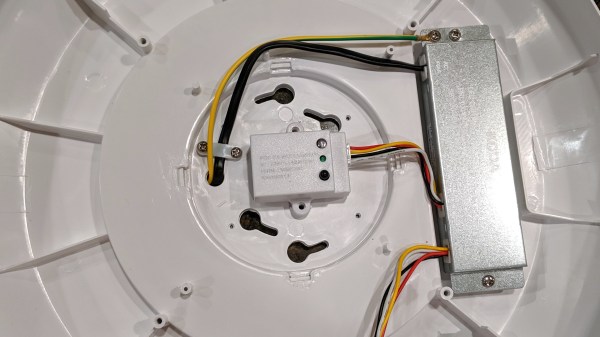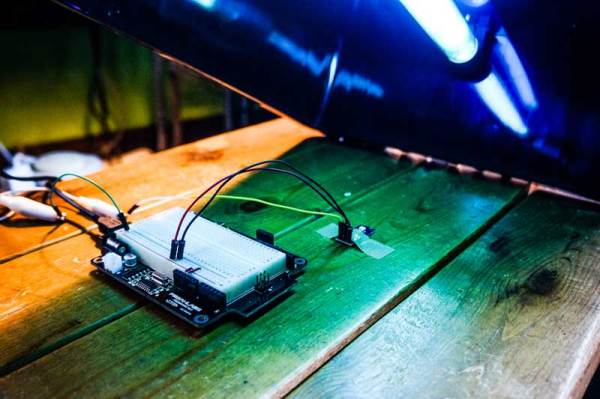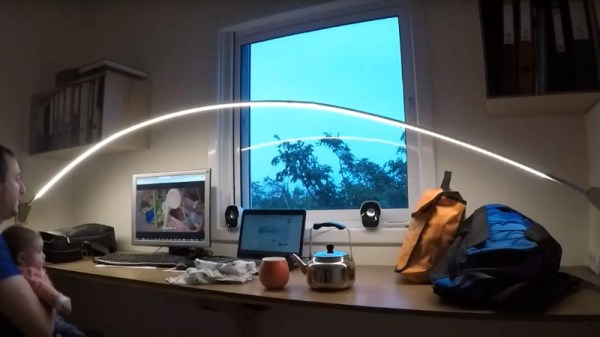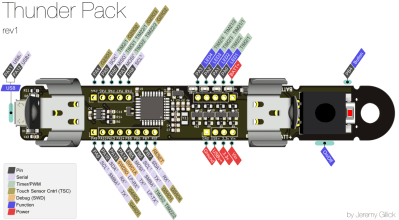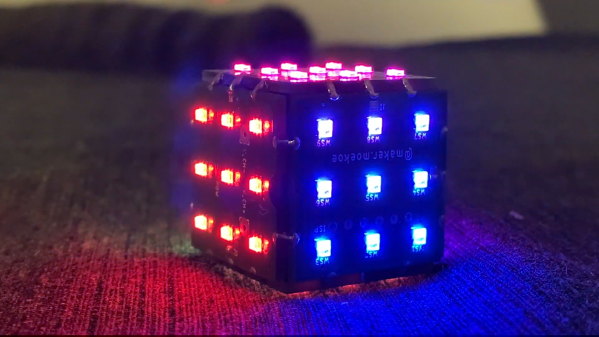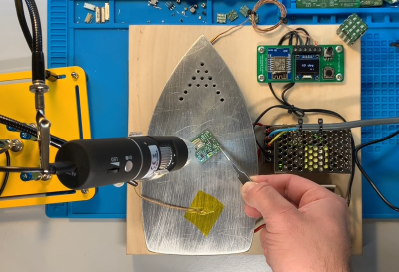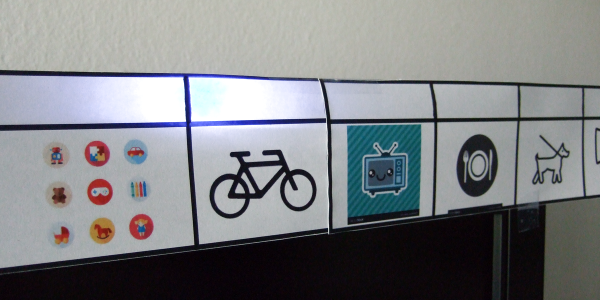[hclxing] eagerly picked up an LED ceiling light for its ability to be turned on and off remotely, but it turns out that the lamp has quite a few other features. These include adjustable brightness, color temperature, automatic turnoff, light sensing, motion sensing, and more. Before installing, [hclxing] decided to tear it down to see what was involved in bringing all those features to bear, but after opening the lamp there wasn’t much to see. Surprisingly, besides a PCB laden with LEDs, there were exactly two components inside the unit: an AC power adapter and a small white controller unit. That’s it.
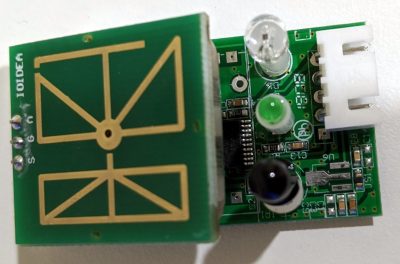
The power adapter is straightforward in that it accepts 100-240 Volts AC and turns it into 30-40 Volts DC for the LEDs, and it appears to provide 5 V for the controller as well. But [hclxing] noticed that the small white controller unit — the only other component besides the LEDs — had an FCC ID on it. A quick bit of online sleuthing revealed that ID is attached to a microwave sensor module. Most of us would probably expect to see a PIR sensor, but this light is motion sensing with microwaves. We have seen such units tested in the past, which links to a video [hclxing] also references.
The microwave motion sensor board is shown here, and underneath it is a dense PCB that controls all other functions. Once [hclxing] identified the wires and their signals, it was off to Costco to buy more because the device looks eminently hackable. We’re sure [hclxing] can do it, given their past history with reverse-engineering WyzeSense hardware.

